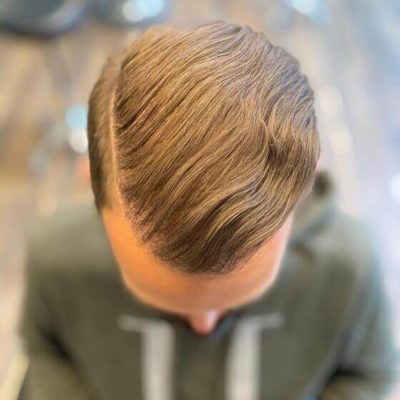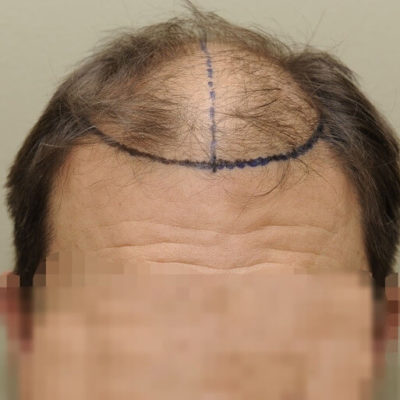FUE Hair Transplant

The FUE is one of the most popular method for modern-day hair transplants. It is believed by many patients to provide the most natural-looking results, with very little scarring. This helps to disguise the fact that the patient had a hair transplant and make it as unnoticeable as possible. But what are the risk? And how much does it cost? Learn everything on this page.
In a Nutshell
| Cost | $3,000 - $12,000 |
| Side Effects | Scar, Swelling etc. |
| Where? | Verified Clinics |
- Free
- Fast
- Non-binding
| Pro | Cons |
|---|---|
| The FUE method is minimally-invasive, it causes only very small circular scars to be left behind after the transplant has healed. | Due to the hair follicles being removed individually the procedure for the FUE method is more time-consuming. It can take multiple sessions to fully transplant the desired number of grafts. |
| The individual hair groupings yield a very natural result, in contrast to large grafts consisting of more than four hair follicles. | The growth rate with the FUE method is often lower than with the FUT method. |
| The FUE method reduces shock loss to the transplanted hair growth which increases the survival rate of the hair follicles. | The growth rate with the FUE method is often lower than with the FUT method. Patients must have their head completely shaved for the surgery, this isn’t ideal for many patients. |
| The FUE method allows the exact number of grafts to be extracted, the FUT method can lead to an overharvesting of the donor area. | The FUE method is more expensive than the FUT method as it requires more extensive manual labor and takes far longer. |
Frequently Asked Questions
Is an FUE hair transplant permanent?
Which is better the FUE or FUT hair transplant?
Does transplanted hair thin?
What is the success rate of an FUE hair transplant?
How many hairs are transplanted in an FUE hair transplant?
Sources






































